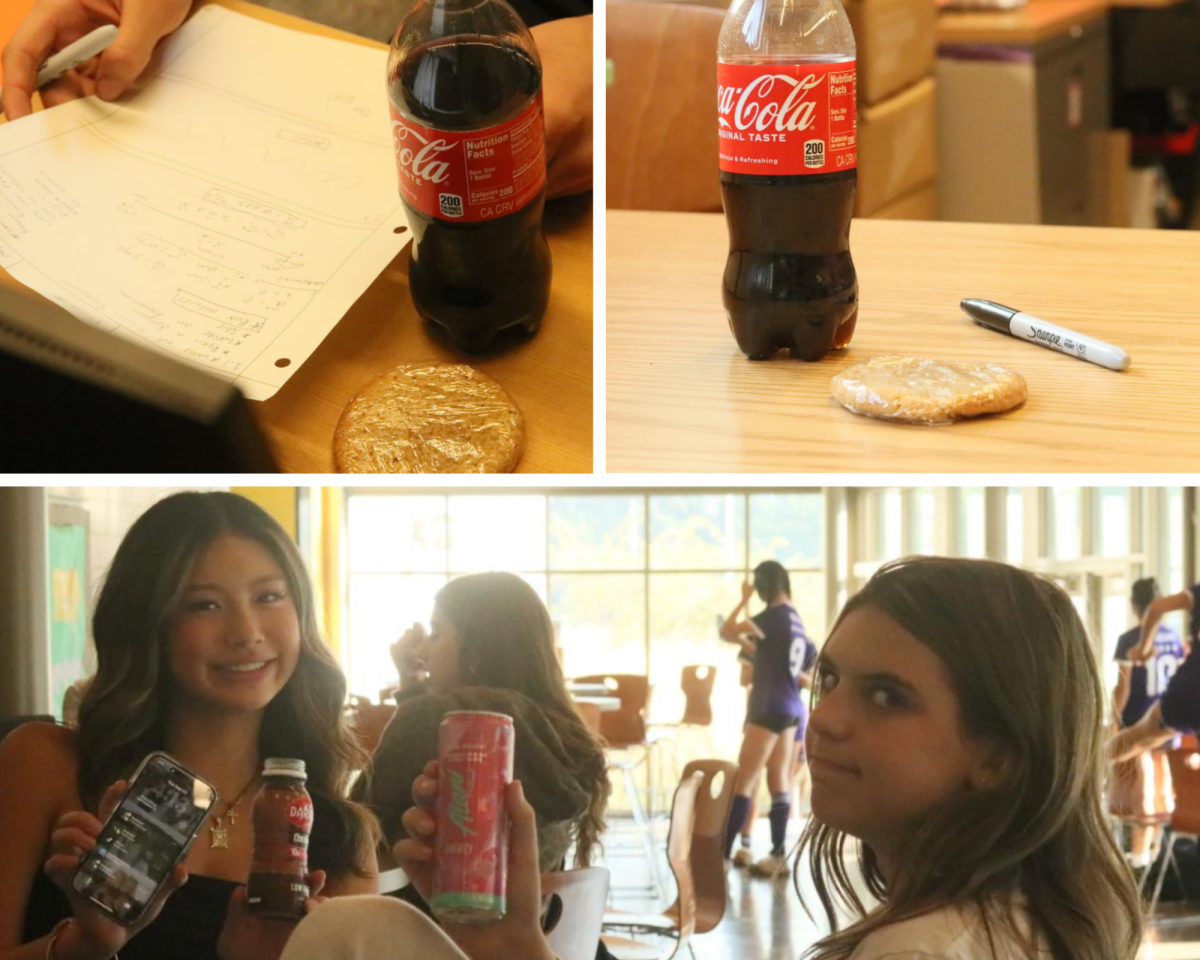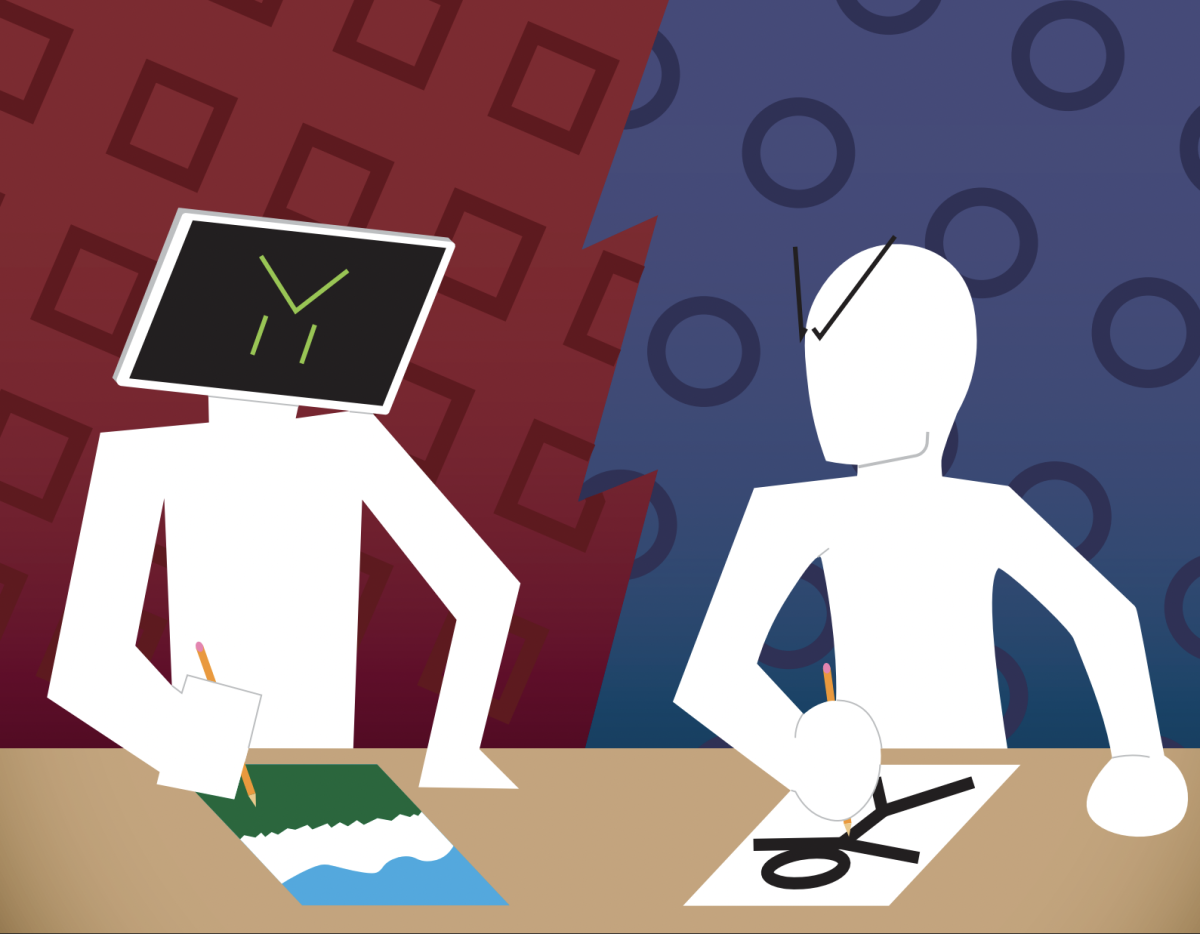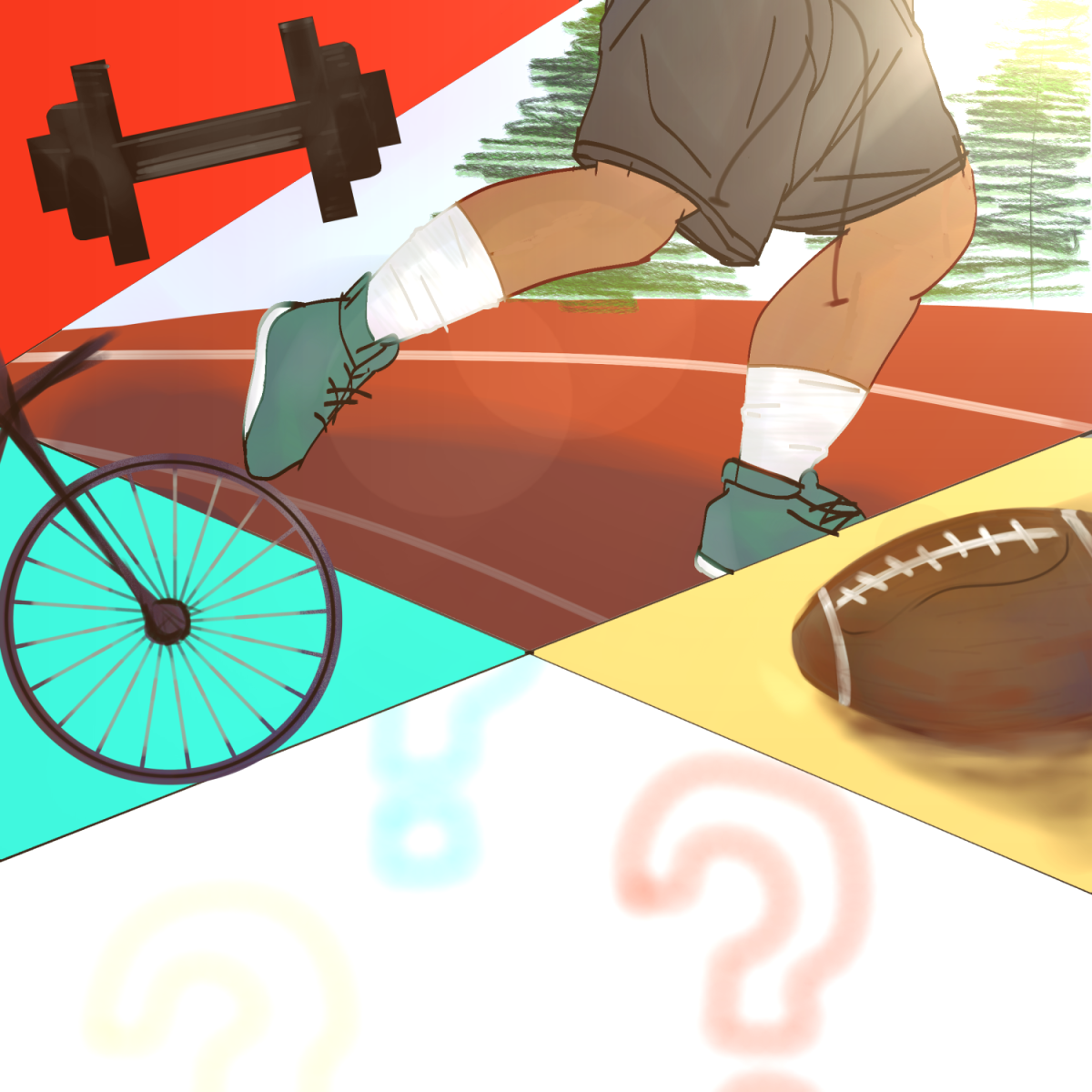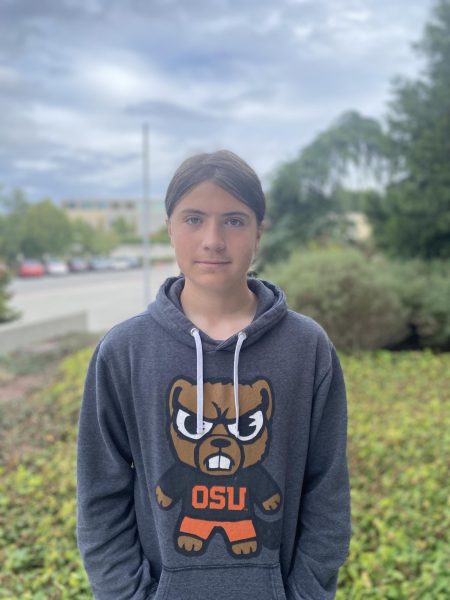In late November, the machine learning program, ChatGPT, was released by OpenAI to widespread success. This success brought something else though: widespread cheating across the country. one freshman student Lily Bohen says “We had seven people cheat on the same exam with A.I. at my old school. They all got caught, it was like a huge deal.” This rampant cheating was caused by ChatGPT and other A.I. sources throughout the entire country. School districts quickly responded, starting with bans in New York and L.A. school districts that spread throughout the entire country. These bans, while effective in the short term, were not going to last exceptionally long. As a teacher in the Walla Walla school district states “Wealthier students can just access the A.I. through personal devices, which gives them a large advantage when it comes to schoolwork.”
Not even a month into the tool’s release a student was caught cheating on a college exam. Darren Hick, a professor of philosophy at Furman University says “When I caught the student using it, it was maybe three weeks old at that point” When asked how he found out about the cheating Hick says, “It talks about things that the student wouldn’t have learned about in class, which is always something of a flag and connected things together in a way that was just thoroughly wrong. But it was beautifully written.” He then put it through an A.I. detector that all teachers have access to and found out it was A.I.
An interesting thing to consider is why someone might use A.I. in an essay. Junior Cassidy Hoffman says, “It is very easy and accessible to most people to write a short prompt and get the essay done versus spending three or four hours typing up an essay that could have been done in 10 minutes.” Another student, sophomore James Thao, says, “I mean if someone cannot work on an essay because of a sport they might not have time to write the essay.”
While all of the A.I. problems seem quite bleak, there are some solutions. As Kevin Roose of The New York Times puts it, “Teachers should consider flipped classrooms. The students should learn about the topic and take notes at home and when they come to school, they would do exams and classwork.” Hick suggests another solution, “I tell students if I catch a whiff of AI in their essays, I’m going to throw out their essay and give them an impromptu oral exam on the spot, with the hope that that’s enough to make them say, well, I better understand what I’m putting in that essay.” As Hick says, it Is important to understand what you are putting in your essay. Not everyone considers having A.I. write a rough draft, then rewriting it yourself, is cheating, senior Demi Hawryluk says, “If you are using it as a quick draft, sourcing the A.I., and inserting your own ideas [it is not cheating]”
Instead of just dealing with it, hundreds of school districts around the country are actively encouraging and trying to work with it. Schools and parents alike want their teachers to know what A.I. is, how to use A.I., and how to deal with A.I. Teachers are already figuring out uses of ChatGPT and similar programs. The Walla Walla school district has already started this process. They had involved teacher workshops over the summer so the teachers could learn all about this innovative technology. The teachers learned about why students would use it, how to use it for themselves, and to work with it so that they can make their classrooms better places to both learn and teach. One teacher came up with a fun activity for her fifth graders. She would get ChatGPT to write a short description (maybe a sentence or two long) about a character in a book like “A skilled archer from a dystopian world, she volunteers to protect her sister in a deadly competition, showcasing unwavering bravery and defiance against a tyrannical regime, ultimately sparking a rebellion through her resilience and courage.” and the students to guess, “Katniss Everdeen.” Lots of teachers have other activities like these. Hick had another idea for how to use A.I. in schools: “Assign a prompt to your students. Have your students put that into ChatGPT. See what essay it produces and then write a new essay that analyzes that essay, says what it gets right, what it gets wrong.” Ideas like these are what drives learning into the future through incorporating new and better ideas.
The problems of A.I. are not simply limited to schools though. Recently multiple companies such as Getty Images, a photography company, have begun suing Open A.I. as a result of DALL·E, an image generator that sourced a copyrighted image from Getty Images into an image that it created. If Getty Images wins this lawsuit, it could set a precedent for other companies to follow in the future. Another thing happening was the Screen Actors Guild (S.A.G.) strike from writers across the country. The main reason behind this strike was that people are scared that their jobs will be taken by A.I. This was one of the longest strikes in Hollywood history and it ended on Tuesday when the writers won multiple concessions from the companies.
Though the spread of A.I. is rapid, it is not necessarily a bad thing. Schools have been slow to react, but they are starting to pick up the pace. A.I. is sending a shock throughout the world, and while it is said to be both terrible and amazing, at the end of the day A.I. is a tool, just like the internet, and look how controversial that used to be. A.I. is neither good nor bad and it is up to the user how they wish to affect things.






